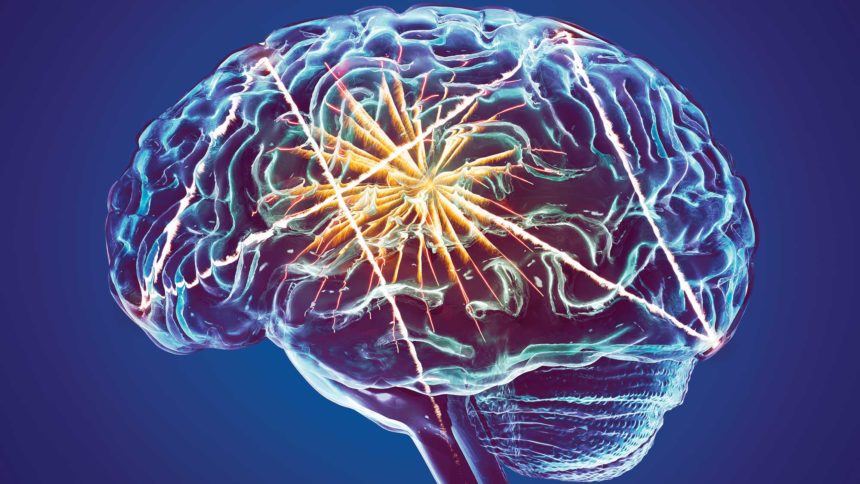New research from the University of California San Diego School of Medicine suggests that mindfulness meditation is more than just a placebo when it comes to pain relief.
The study, published in Biological Psychiatry, used advanced brain imaging techniques to compare the pain-reducing effects of mindfulness meditation, a placebo cream, and a “sham” meditation practice.
Researchers found that mindfulness meditation significantly outperformed the other methods in reducing both pain intensity and pain unpleasantness. Importantly, brain scans revealed that mindfulness meditation engages entirely different neural pathways than those activated by the placebo effect.
The study involved 115 healthy participants divided into four groups: a guided mindfulness meditation group, a sham meditation (deep breathing only) group, a placebo cream group, and a control group that listened to an audiobook.
After each intervention, participants received a painful but harmless heat stimulus on their leg while their brain activity was monitored.
“The mind is extremely powerful, and we’re still working to understand how it can be harnessed for pain management,” said Fadel Zeidan, PhD, professor of anesthesiology and endowed professor in empathy and compassion research at UC San Diego Sanford Institute for Empathy and Compassion. “By separating pain from the self and relinquishing evaluative judgment, mindfulness meditation is able to directly modify how we experience pain in a way that uses no drugs, costs nothing and can be practiced anywhere.”
Using a novel approach called multivariate pattern analysis, researchers identified distinct brain activity patterns associated with different aspects of pain experience. They found that mindfulness-based pain relief reduced synchronization between brain areas involved in introspection, self-awareness and emotional regulation. These parts of the brain combined comprise the neural pain signal (NPS), a documented pattern of brain activity thought to be common to pain across different individuals and different types of pain.
In contrast, placebo treatments engaged entirely separate brain mechanisms with little overlap, challenging the long-held assumption that placebo effects engage the same brain mechanisms as active treatments.
These findings have important implications for developing new pain management strategies, particularly for chronic pain sufferers. However, researchers caution that more studies are needed to demonstrate these effects in people living with chronic pain, as opposed to healthy participants.




